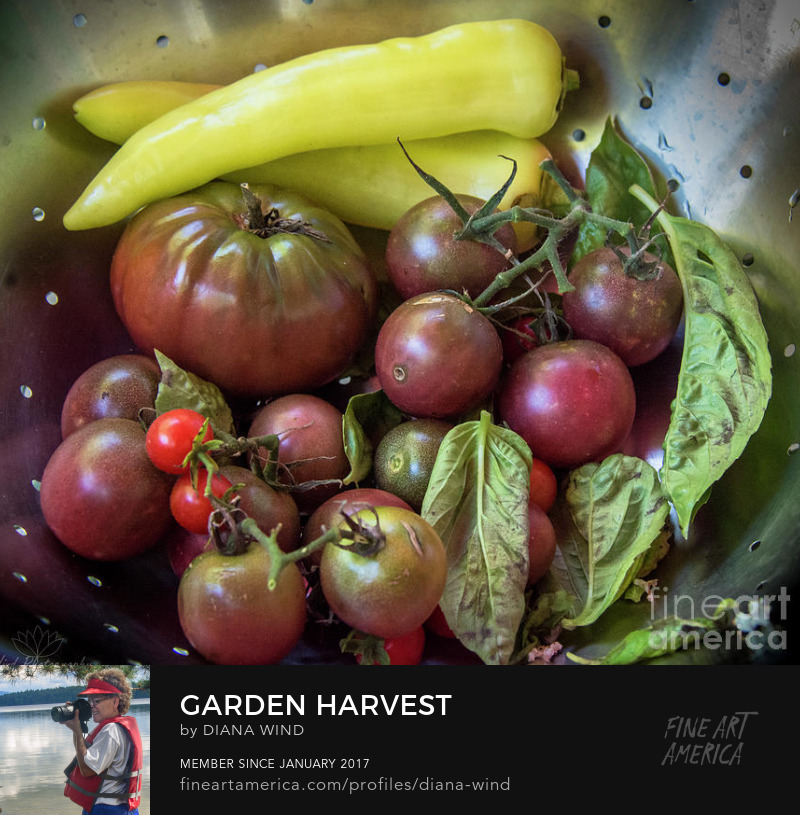Tomato Blossom End Rot
and Tomato Blight
and Tomato Blight
Rainy weather was a garden blessing at first. Jersey Peaches were reported to be one of the best harvests in years. But, now our hopes of having a bumper crop of Jersey tomatoes from over 50 heirloom, homegrown plants is gone. We're having one of our worst years ever for tomatoes. Struggling Jersey tomatoes may be a result from all the heavy rains we've had this summer.
This year Harry has been diligent about weeding beneath our tomatoes leaving uncovered dirt. Some gardeners use black weed covers beneath their plants. I bet that would have helped us.
When rain falls hard, it splashes dirt and spreads fungal spores up from the soil onto plant leaves. Blight disease can travel fast and kill tomato plants. Frequent rain can cause it to spread like a forest fire... sigh.
Tomato Blight
I noticed a few wilted plants with some yellowing leaves on plants in a few raised beds. I wasn't overly concerned because we have had wilt issues in the past and still had a bountiful harvest.
Looking at our garden now you'll see yellow, spotted, wilted - brown and dying leaves hanging everywhere. Pretty much all our raised beds appear to be affected by this soil-borne fungal disease.
The environmental stress has caused some tomatoes to drop even before ripening. Some fruits appear stunted in growth. Some just didn't have a chance to develop before the plants died.
Tomato Blossom End Rot
And, as if Tomato Blight wasn't enough, we also noticed Tomato Blossom End Rot too. Luckily, End Rot is treatable. The good parts of the tomato are still edible.
Like people, tomatoes need calcium to develop. If the plant is calcium deficient the tomatoes will develop a black spot on the bottom end. Variable soil moisture of either too dry or too wet can trigger end rot. Soil that is too wet limits available oxygen to the plant.
We have a soil test kit and plan to test our soil pH again and adjust accordingly before next season. According to BonniePlants.com, if you have tomato end rot the soil should be between pH of 6.5 and 6.8 to free up more calcium in the soil. Rutgers Cooperative Extension, on the other hand, recommends pH should be between 5.8 and 6.3. I think ours tested higher (7.0?) in the Spring. Any comments about pH recommendations?
What do you do?
We know about spacing out the plants for air circulation and about crop rotation. We do try. Harry had them more spaced out this year. Maybe next year we will avoid planting tomatoes all together.
You can Google Tomato Blossom End Rot and Tomato Blight to find plenty of info that is out there on what to do when you have these situations. See below for a few links that I looked at that you may find helpful too.
Gardening always provides good times and bad. Each year we never know what will be great and what will be a bust. That is just how gardening goes.
.... Linda, if you are out there and listening... you are the MASTER GARDENER! We just go through the motions and have fun along the way.
Garden On!
Related Links
Conquer Blossom End Rot
Blossom End Rot
Diagnosing and Controlling Fungal Diseases
Growing Tomatoes in the Home Garden






























No comments:
Post a Comment